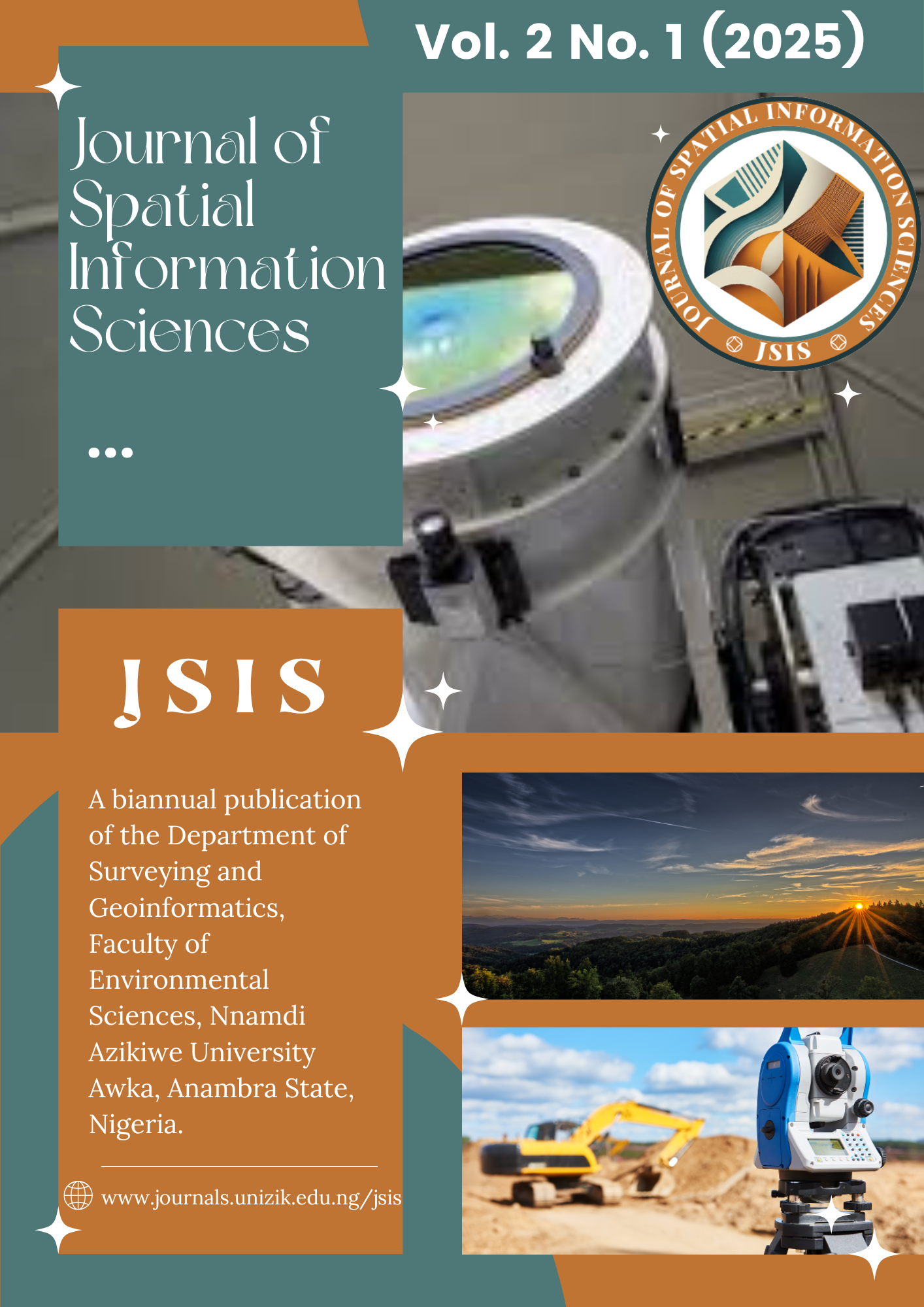Urban Telecommunication Infrastructure: A Spatial Analysis of Mobile Mast Deployment in Port Harcourt Metropolis, Rivers State, Nigeria
DOI:
https://doi.org/10.5281/zenodo.14892488Keywords:
Geospatial, Geospatial Analysis, Mobile, Telecommunication Masts, Map, QGIS, GPSAbstract
The demand for effective telecommunication services, particularly mobile phone usage, has grown significantly due to the increasing need for communication and social connection. The socioeconomic development of a nation heavily relies on communication infrastructure aligned with its developmental goals. However, while telecommunication masts play a vital role in enhancing connectivity, their proliferation has raised environmental concerns. The clustering of masts near residential areas has posed challenges related to land use and urban planning. Additionally, the absence of geospatial data on telecom masts necessitated this study, which focused on determining their geospatial distribution in Port Harcourt Metropolis, Rivers State, Nigeria. Garmin 78csx GPS receiver was employed to geolocate existing telecom masts within the study area, and a comprehensive database of these masts was developed. The acquired coordinates were visualized using QGIS software with OpenStreetMap (OSM) to confirm that the positions aligned within the study area boundaries. Technical guidelines stipulate a minimum spacing of 1 km between telecommunication masts. However, the study revealed that many masts in the area do not adhere to this standard. The spatial distribution patterns of the masts were analyzed using Microsoft Excel, employing various charts to illustrate their spread across selected communities. Furthermore, proximity and spatial distribution maps of the telecom masts were generated using QGIS software. The findings indicated a total of 290 telecom masts in the study area, with 103 located within Port Harcourt Metropolis and 187 in Port Harcourt Local Government Areas. Among the service providers, MTN accounted for the highest number of masts (125), followed by GLO (80), AIRTEL (71), and 9MOBILE (14). The study also detailed the proportional percentages of masts for each service provider. Based on these insights, the study recommended strict adherence to regulatory standards and the implementation of measures to mitigate the adverse effects of telecommunication masts on the environment and urban areas.
Downloads
Published
Issue
Section
License

This work is licensed under a Creative Commons Attribution-ShareAlike 4.0 International License.





